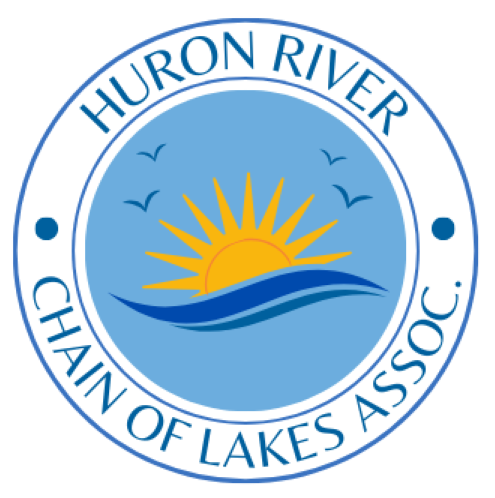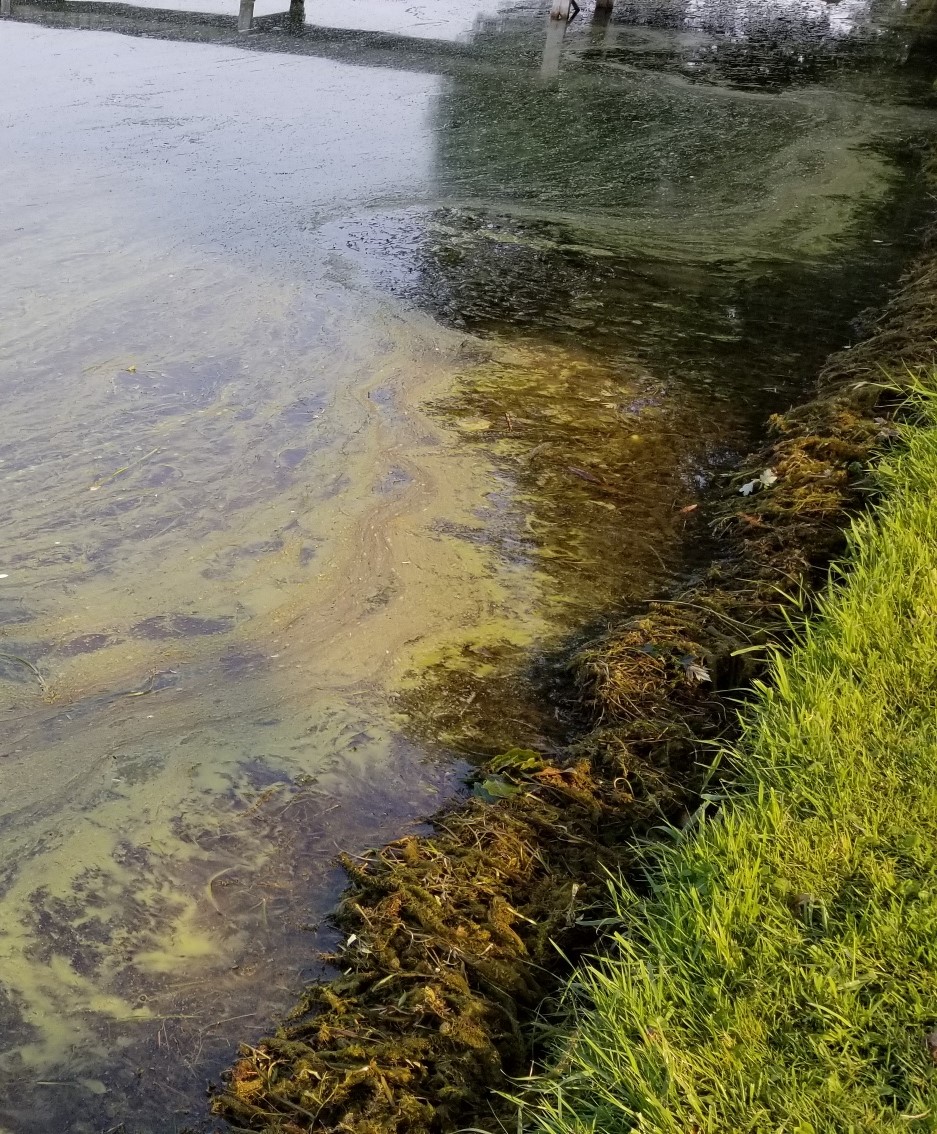Algal Blooms
Algal Blooms
Algae grows in all water bodies and most algae is not toxic. It may be unpleasant, but not dangerous. If the algae is bright green or blue green and matted, looking like slime or paint, it “may” develop toxins that can be harmful, especially to dogs who may ingest the water. When there is excessive and/or misuse of fertilizer application, our lakes receive those excesses. With the warmer waters, algae grows rapidly, making the water green, unpleasant and in some cases dangerous to human, pets and wildlife.
An algal bloom is called a “HAB” Harmful Algal Bloom if after testing it is determine to be toxic. When in doubt: Stay out of the wate r! AND report it by sending photographs of the bloom to [email protected].
Algae growth increases with warmer waters and excess nutrients, especially phosphorous and nitrogen. While there may not be much we can do to prevent warmer weather, we can all limit those excess nutrients entering the waters.
When we use Fertilizers of any kind, even those that may not contain phosphorous, we feed algal blooms.
We can limit algal blooms by:
- Planting a Shorefront Garden and naturalize your shoreline with fish sticks and native water plants.
- Not applying any fertilizer within 50′ of the high water mark.
- Not applying any fertilizer between November 15 and May 1 at any location.
- Irrigate your lawn by using lake water. There are ample nutrients in our lake that your lawn will benefit from.
- Only fertilizing if your soil has been tested and shown to need fertilizing. Then only use the minimum amount necessary and apply it when the plant roots can easily use it (preferably early in the growing season, not when rain is expected, and never when the ground is frozen or will soon freeze). Soil testing is available here: Get Started | MSU Soil Test
- Removing animal waste from your yard.
- Be careful in how you use watercraft. Operating watercraft in a manner that does NOT disturb the phosphorous that has settled to the bottom of the lake. If your boat makes the water cloudy where it wasn’t, you are likely feeding the next algal bloom.
What you need to know about algae here.
More about harmful algal blooms here: Identifying Harmful Algal Blooms (Cyanobacteria)
And here: Harmful Agal Blooms Webinar by MSU 2024
And here: Michigan Sea Grant Agal Blooms Resources Site 2024
The Hamburg Township and Washtenaw County Programs also treat for algae control, but their ability to substantially reduce algal blooms is limited. It is up to each of us to limit the amount of fertilizer (algae food) that we add to the lakes.

